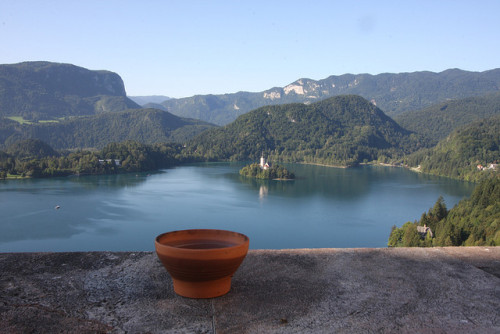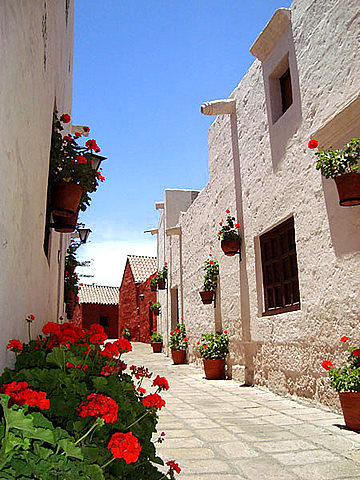
Mushrooms! I’m doing a little happy dance in my head just thinking about them. When I was a kid I begged for mushroom soup. When I was in college I made mushroom quesadillas. These days I think I could easily go through a pound of sautéed mushrooms in one sitting. They’re great with steak, still good in a quesadilla, terrific over polenta, or just on their own. Here’s the trick with cooking most mushrooms, dry sauté them first. A mycologist friend of mine taught me this trick years ago, with the chanterelles and porcini we had foraged. Sauté the mushrooms first, just on their own, with no added liquid or fat, in a hot pan. The mushrooms will release their water, which will then boil away, concentrating the mushroom flavor. Then you add the fat, and whatever seasonings you want.
In this recipe we are sautéing button or cremini mushrooms first dry, then with butter, then adding thyme, and some Marsala wine. You could easily use olive oil instead of the butter, and fresh shiitake, porcini, or chanterelles instead of (or in addition to) the button mushrooms. The Marsala is there for the flavor, you could use chicken stock, or white wine, or red wine, or add some sesame oil and mirin for an Asian twist. Instead of the pinch of thyme you could use Herbes de Provence, or Italian seasoning, or finely chopped tarragon.
Do you have a favorite way of preparing mushrooms as a side? If so, please let us know about it in the comments.
MARSALA GLAZED MUSHROOMS RECIPE
INGREDIENTS
- 1 pound fresh button or cremini mushrooms, cut into thick slices
- Salt
- 4 tablespoons butter
- A scant cup Marsala wine
- Pinch of chopped fresh or dry thyme
METHOD
1 To dry sauté the mushrooms, heat a large sauté pan over high heat. Put all the mushrooms in the hot pan and stir the mushrooms. Reduce the heat to medium-high. Stir often. You may hear the mushrooms squeak. Just when you think the mushrooms may start burning, they will begin to give up their moisture. Water will seem to just seep out of the mushrooms. Stir so that the mushrooms are coated with their own sauce, and sprinkle salt over them.
2 Cook until most of the liquid has boiled away, then add the butter to the pan and stir to combine. Add a pinch of thyme. Sauté the mushrooms in the butter on medium high heat until they begin to brown, about 4-6 minutes.
3 Add the Marsala wine to the pan and increase the heat to high. Toss to coat the mushrooms well. Boil this down vigorously until the Marsala is nearly gone. What you will see remaining is the butter in the pan.
Turn off the heat and serve at once.
Serves 4 as a side.











